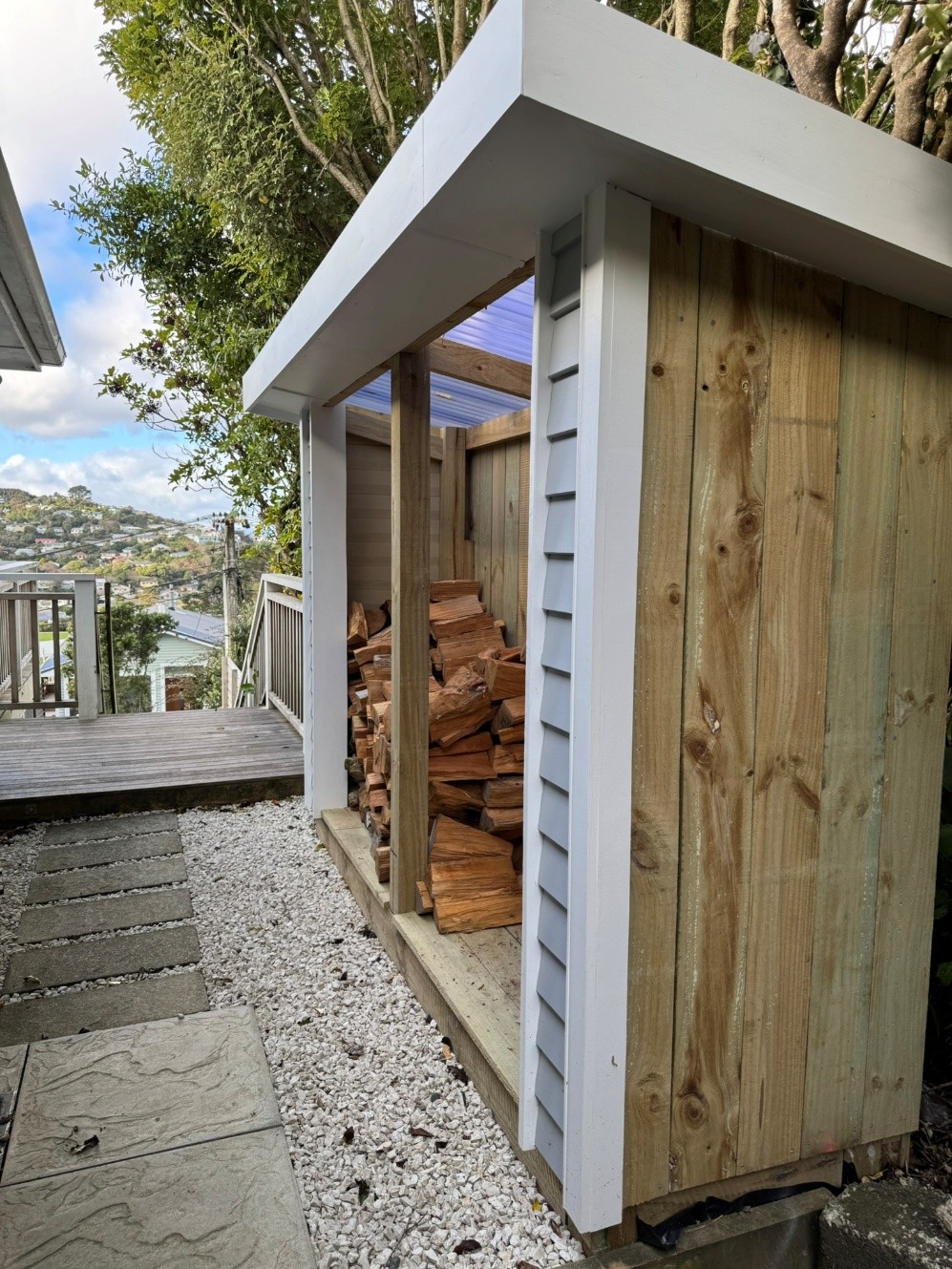Cutting red tape for small detached buildings
Making it easier for homeowners to build sheds, garages and sleepouts.

This issue came to our attention through the Ministry for Regulation red tape tipline – a direct channel for people to tell us where regulation isn’t working.
We heard that small detached buildings like sheds and garages were getting caught up in unnecessary red tape. In particular, outdated setback rules meant that even sensible, low-risk structures often required building consent – creating costs, delays and frustration, especially on small urban sections.
We worked with the Ministry of Business, Innovation and Employment (MBIE) to review the current exemption settings and provide advice to Ministers on how to cut unnecessary regulation while maintaining important protections.
What we found
Some of the existing rules – such as requiring a structure to be the same distance from a boundary as it is tall – are no longer fit for purpose. They don’t reflect the size of modern sections or how people actually use their outdoor space. These rules were creating confusion and unnecessary consenting costs – without a clear safety rationale.
What happens next
Cabinet has agreed to amend the Building Act to relax the setback requirements that currently apply to building consent exemptions for small detached buildings:
- For structures between 10 and 30 square metres, the minimum setback will be reduced to one metre from the boundary or another building.
- For structures under 10 square metres, the setback requirement will be removed entirely – meaning they can be built right up to a boundary without needing consent.
These changes are expected to take effect by late 2025, following amendments to Schedule 1 of the Building Act. All other requirements – including compliance with the Building Code and relevant district plans – will continue to apply.
What it means for New Zealand
This is a practical win for New Zealanders – especially those on smaller sections – who want to make better use of their land without navigating unnecessary bureaucracy. It also shows the value of the Ministry’s tipline: we’re hearing directly from people on the ground, identifying issues that aren’t on anyone else’s radar, and working with partner agencies to fix them.